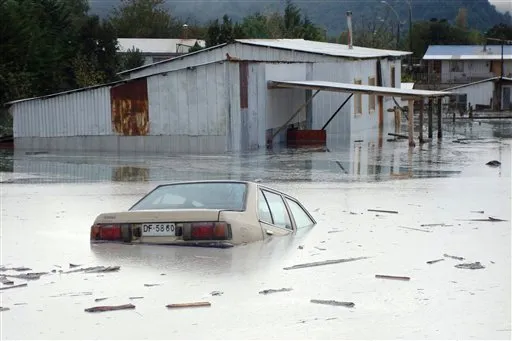postphx.com – Floods and deluges are powerful natural phenomena that have shaped the geography of our planet for millennia. These events are characterized by the overflow of large quantities of water onto land that is typically dry. While they can be devastating to communities and ecosystems, floods also play a crucial role in maintaining natural balance and fertilizing soil. This article explores the causes, impacts, and potential mitigation strategies associated with floods.
Causes of Floods
Floods can occur due to a variety of natural and human-induced factors. The most common natural causes include heavy rainfall, rapid snowmelt, and storm surges from hurricanes or cyclones. Human activities, such as deforestation, urbanization, and inadequate drainage systems, can exacerbate the frequency and intensity of floods. Additionally, climate change is playing an increasingly significant role in altering precipitation patterns, leading to more severe and unpredictable flooding events worldwide.
Impact on Communities and Environment
The impact of floods on communities can be catastrophic, resulting in loss of life, destruction of property, and displacement of populations. Economically, floods can cause significant damage to infrastructure, agriculture, and industries, leading to long-term financial hardships for affected areas. Environmental impacts include soil erosion, water contamination, and loss of biodiversity. However, floods also contribute to the replenishment of groundwater and the deposition of nutrient-rich sediments that enhance soil fertility.
Flood Management and Mitigation
To mitigate the adverse effects of floods, it is essential to implement effective management strategies. These include the construction of levees, dams, and flood barriers to control water flow. Developing early warning systems and emergency response plans can help communities prepare and respond more effectively. Furthermore, adopting sustainable land use practices, such as reforestation and wetland restoration, can improve natural water absorption and reduce flood risks.
Conclusion
Floods and deluges, while often destructive, are a natural part of the Earth’s hydrological cycle. Understanding their causes and impacts is crucial for developing strategies to mitigate their effects and harness their benefits. By combining technological advancements with sustainable environmental practices, we can better prepare for and respond to these powerful natural events.
